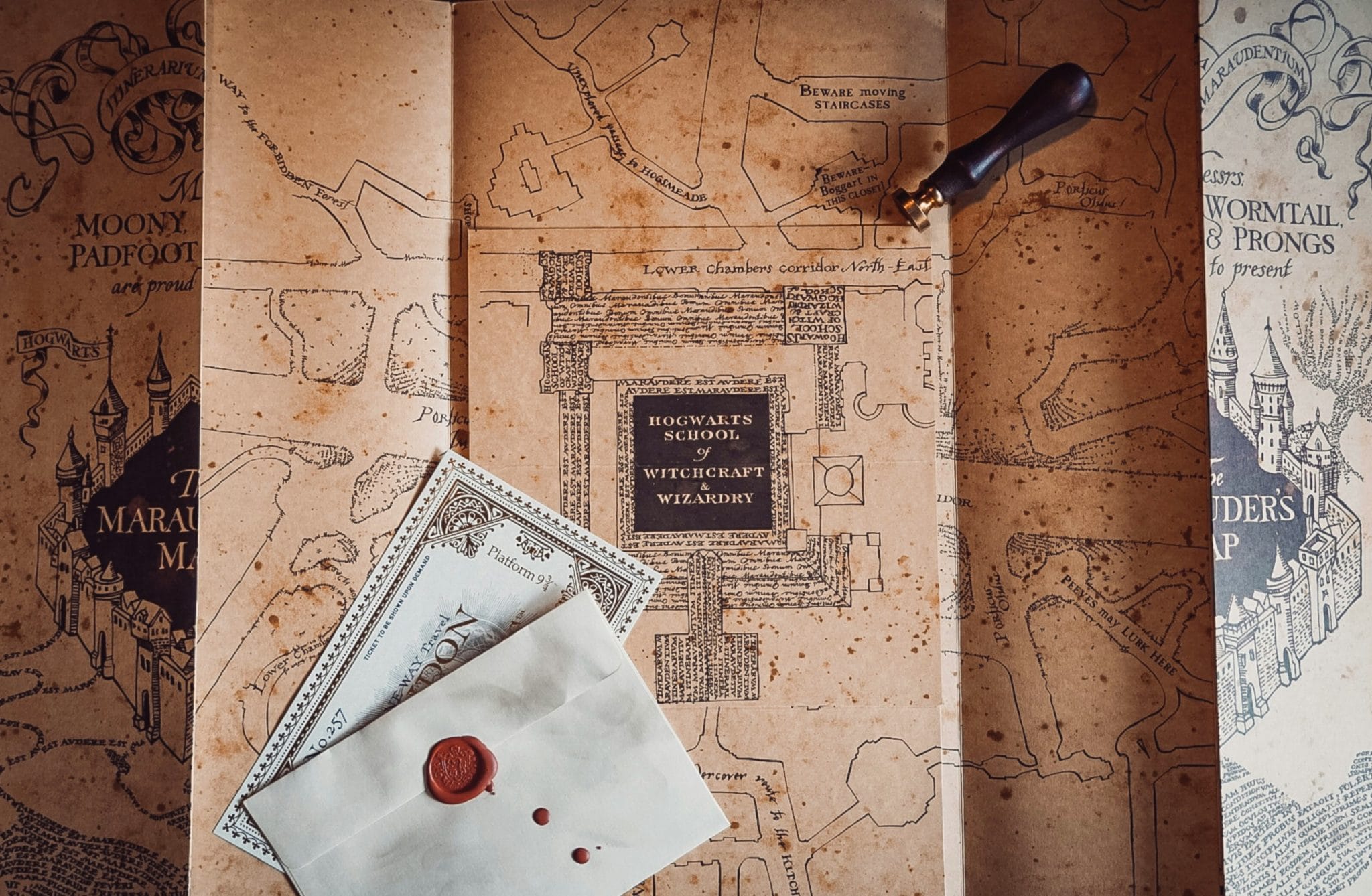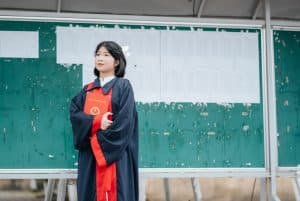Personal Narratives: Teaching History Through Story
History is often seen as a dry subject, filled with facts and dates that students struggle to memorize. But what if there was a way to teach history through storytelling, making it more engaging and memorable for students? That’s where personal narratives come in. Using personal narratives to teach history allows for a deeper connection to be made with the material, as students can see themselves in the people and events being studied. In this article, we will explore the concept of teaching history through personal narratives and how it can benefit both students and educators.
The Power of Personal Narratives
Personal narratives are firsthand accounts of events, experiences, or people’s lives. They provide a unique perspective on historical events and can humanize the people involved. Personal narratives can come in various forms, such as diaries, letters, memoirs, and oral histories. These primary sources not only provide valuable historical information but also offer personal insights and emotions that can help students connect with the past on a more personal level.
Engaging Students with Storytelling
Storytelling has been used as a teaching tool since the beginning of time. From oral traditions in indigenous cultures to fables and fairytales in literature, the power of storytelling is widely recognized. When it comes to teaching history, personal narratives provide an excellent opportunity to incorporate storytelling into the curriculum.
By using personal narratives, educators can bring historical events to life and make them more relatable to students. Instead of just learning about facts and figures, students can get a glimpse into the thoughts, feelings, and experiences of people who lived through those events. This creates a more significant connection to the material and can spark students’ curiosity and critical thinking skills.
Understanding Multiple Perspectives
One of the significant benefits of teaching history through personal narratives is the opportunity to understand multiple perspectives. Traditional history lessons often focus on the dominant narrative, but personal narratives can offer alternative perspectives that are equally important. By incorporating a diverse range of personal narratives, students can gain a more comprehensive understanding of historical events and the people involved.
Furthermore, personal narratives can challenge students’ preconceived notions and biases, leading to critical thinking and a deeper understanding of historical events’ complexities. This is especially important when teaching sensitive subjects such as war, discrimination, and social injustice.
Incorporating Personal Narratives into the Curriculum
With the internet and digital archives, accessing personal narratives has become easier than ever. Educators can find a wealth of primary sources online, including personal letters, diaries, and videos. These resources can be incorporated into various lesson plans, such as group discussions, individual assignments, or even creative projects like storytelling workshops.
It’s essential to keep in mind that using personal narratives should not replace traditional history lessons but rather complement them. By incorporating personal narratives, educators can enrich the curriculum and provide a more well-rounded learning experience for students.
Benefits for Educators
Teaching history through personal narratives not only benefits students but also educators. By using primary sources, educators can bring a personal touch to their lessons and make them more engaging for students. Furthermore, personal narratives offer a more profound understanding of historical events, allowing educators to teach with more accuracy and depth.
Incorporating personal narratives also allows educators to showcase the importance of critical thinking and research skills. By analyzing primary sources, students can learn to assess the reliability and bias of different sources and develop a more objective understanding of history.
The Future of Teaching History
Incorporating personal narratives into the curriculum is a growing trend in education. As we continue to strive for a more inclusive and diverse curriculum, personal narratives can play a crucial role in representing different perspectives and experiences. By using personal narratives, we can create a more empathetic and well-rounded understanding of history.
In conclusion, teaching history through personal narratives offers numerous benefits for both students and educators. By incorporating storytelling and multiple perspectives, students can develop a deeper understanding and connection to historical events. As educators, it’s our responsibility to bring history to life and make it more engaging and relevant to the next generation. Using personal narratives is a powerful tool to achieve this and shape the future of teaching history.










